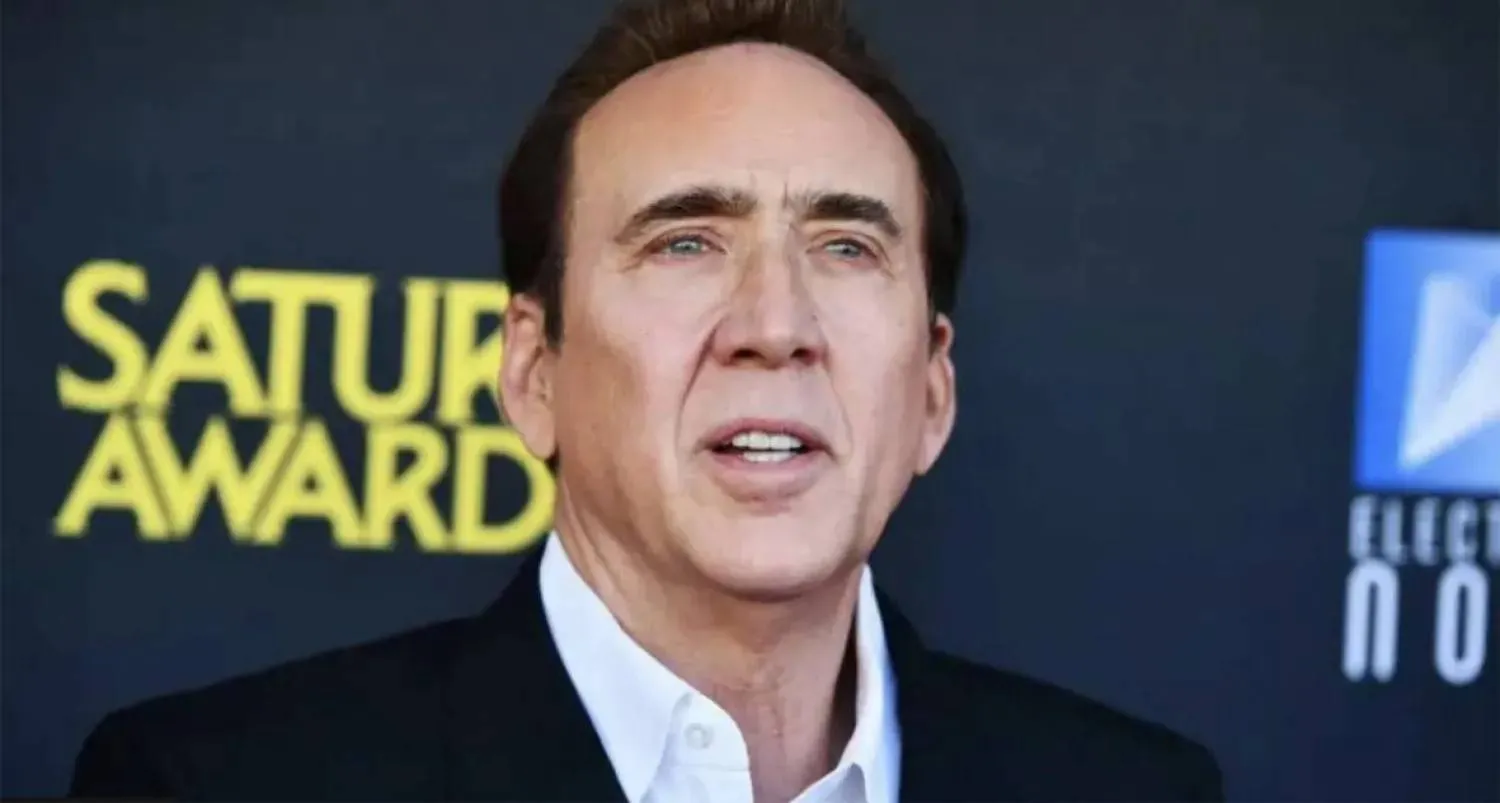Halfway through the year, a few music trends have become apparent: Global music streams are up, Latin music has become the fastest growing streaming genre in the United States, and physical album variants — multiple releases of the same — are on the rise.
Going Global The global music industry surpassed 1 trillion streams at the fastest pace, ever, in a calendar year, Luminate’s 2024 Midyear Report has found. The number was reached 10 days faster than in 2023, according to The AP.
Global streams also increased 15.1% with 2.29 trillion on-demand audio streams, up from 1.99 trillion at this point last year.
The continued Latin music boom People everywhere are streaming more music, and in the US, Latin music has become the fastest growing streaming genre, up 15.1% from this time last year. Latin music streaming also leans the most current — 35% of all Latin streams in the US are for albums released in the last 18 months. Compare that to rock music, where 70.5% of streams in the US are from deep catalogs — releases that are 5 years old, or older.
There are no Latin artists featured in the top 10 albums or songs of the year to date, but Bad Bunny, Peso Pluma, Fuera Regida, Karol G, Rauw Alejandro, Aventura, Carín León are among the top 200 most streamed artists in the US for the first half of 2024.
Last year, Latin music was among the top three fastest growing genres in the US, says Jaime Marconette, Luminate’s vice president of music insights and industry relations. The 2024 figures illustrate a continuation in that trend.
“A huge part of that growth was driven by the continued rise of regional Mexican music, which is the largest Latin music subgenre so far this year with more than 13 billion US on-demand audio streams,” Marconette told The AP.
And while the Puerto Rican artist Bad Bunny remains “the biggest-streaming Latin music artist in the US,” he says the three other Latin artists who crossed over 100 million US. on-demand audio streams throughout the first half of 2024 are regional Mexican acts: Pluma, Fuerza Regida and Junior H.
Physical albums aren't going anywhere It's not just the streaming economy on the rise.
Physical variants of albums — multiple releases of the same album, sometimes containing different bonus tracks or featuring a different design — have steadily grown in popularity since 2020.
In 2024, physical album sales increased 3.8% in the US over this time last year, climbing to 24.7 million from 23.8 million, the data and analytics company found in its report.
But it’s not just any artist creating more physical variants of their releases. The artists who’ve had the top 10 bestselling albums so far this year have also had the highest average number of variants. That includes Taylor Swift, Billie Eilish and Beyoncé, as well as K-pop acts like Tomorrow x Together, Ateez and TWICE.
In 2024, the average number of variants for a top 10 bestselling album is 22: seven different vinyl releases, 13 CDs and two cassettes.
For albums in the top 101 - 500 rankings, there's only about five variants per release, and for 501 - 1,000, there's an average of four physical variants.
“We have seen a consistent trend in recent years where albums at the top of the charts employed more and more physical variants in their album release campaigns," says Marconette.
However, “there has also been criticism within the artist and fan communities regarding the environmental impacts of producing so many physical products,” he says, suggesting there is "a clear demand for recycled materials and other sustainability initiatives in this space.”









